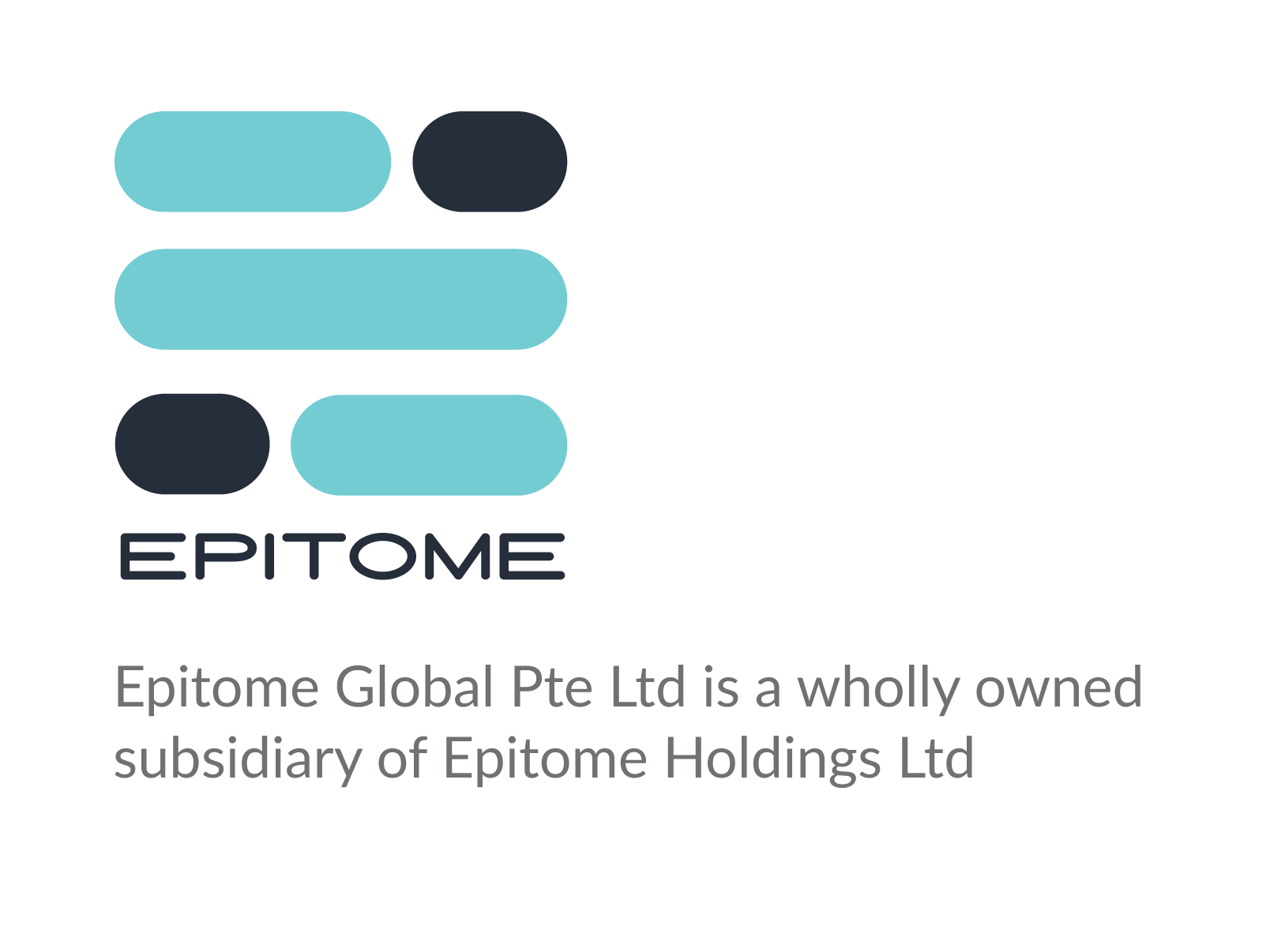How many times have you come across outrageous commercial advertisement that claim to offer ridiculous returns on your investments or rapid weight loss? Most of us will react with scepticism and probably not pay much attention to them. What has this got to do with Curriculum Vitae or CVs (aka Resumes) as they are commonly known?
Well if you think about it, CVs are akin to a personal advertisement. CVs provide information on an individual with the aim of getting the recruiter to believe that he/she can fulfil the requirements of a vacant position. Like commercial advertisements, much of what is stated in a CV is difficult to verify and most often is written to appeal to the target audience. Even with LinkedIn profiles that contain a lot more information with endorsements, it is still a challenge to properly verify its accuracies. Many endorsements (not all) are usually reciprocated or from close acquaintances. Again, this is very similar to the reference section of a CV. Just think about it, how many individuals would provide a reference that would give them a bad review?
So why do we continue to rely on the CV as a screening tool despite all these shortcomings? One key premise is that recruiters often feel that at the early stage of the recruitment process it would be too costly to carry out any formal assessment, especially if it is for entry level positions. However, what is usually not taken into consideration is the cost of bad hires. According to Gartner, 1 in 4 new hires leave within a year, while 65% of new hires do not meet basic requirements. Much of this is the result of the over reliance on intuition over scientific valid selection tools. Even with the advancement in technology, much of the development has been in keyword searches and matching between the applicant’s CV and the posted job description.
Next, recruiters tend to hire for talent instead of fit. The CV will typically contain an individual’s academic and professional qualification as well as work experience. These two markers are often taken as proxies for assessing ‘Talent’. A lot of weight is given to these markers as valid indicators of an individual’s ability to perform. A meta-analysis research by Hunter on selection methods have found that work experience and years in education have low predictive validity, 0.18 and 0.1 respectively. Some of you may find this surprising. However, if you think carefully, most of us assume that an individual who has held a certain position would have gained a certain level of competency. But is this necessarily true? Likewise, much of what is covered during our formal education years tend to lag with what the industry requires. In spite of these invalid assumptions, their use continues to be pervasive.
The more information or data points from varied reliable sources that one can obtain will result in a more robust decision, in this case, the hiring of a new personnel. If we choose to focus on one data point, it is akin to putting your eggs in one basket. A recent Harvard Business Review article discussed how executives are often hired for talent but fired for not fitting or adapting to the organisation. Hence, if we continue to rely on the CV as the main and sometimes only data point, the likelihood of making a poor hiring decision is almost a given. Should we not consider other data points that give us an understanding of the candidate’s fit be it to the position, team or organisation?
Lastly, the CV will always be required for administration as well as for other biodata measures. The concern highlighted has been on the over reliance of the CV especially at the front end of the recruitment process. Recruiters should move away from this reliance and make a concerted effort to examine other more scientific methods as part of an overall recruitment strategy when hiring for a position. In doing so, the needs of the recruiter, candidates, hiring manager and the organisation will be met.

